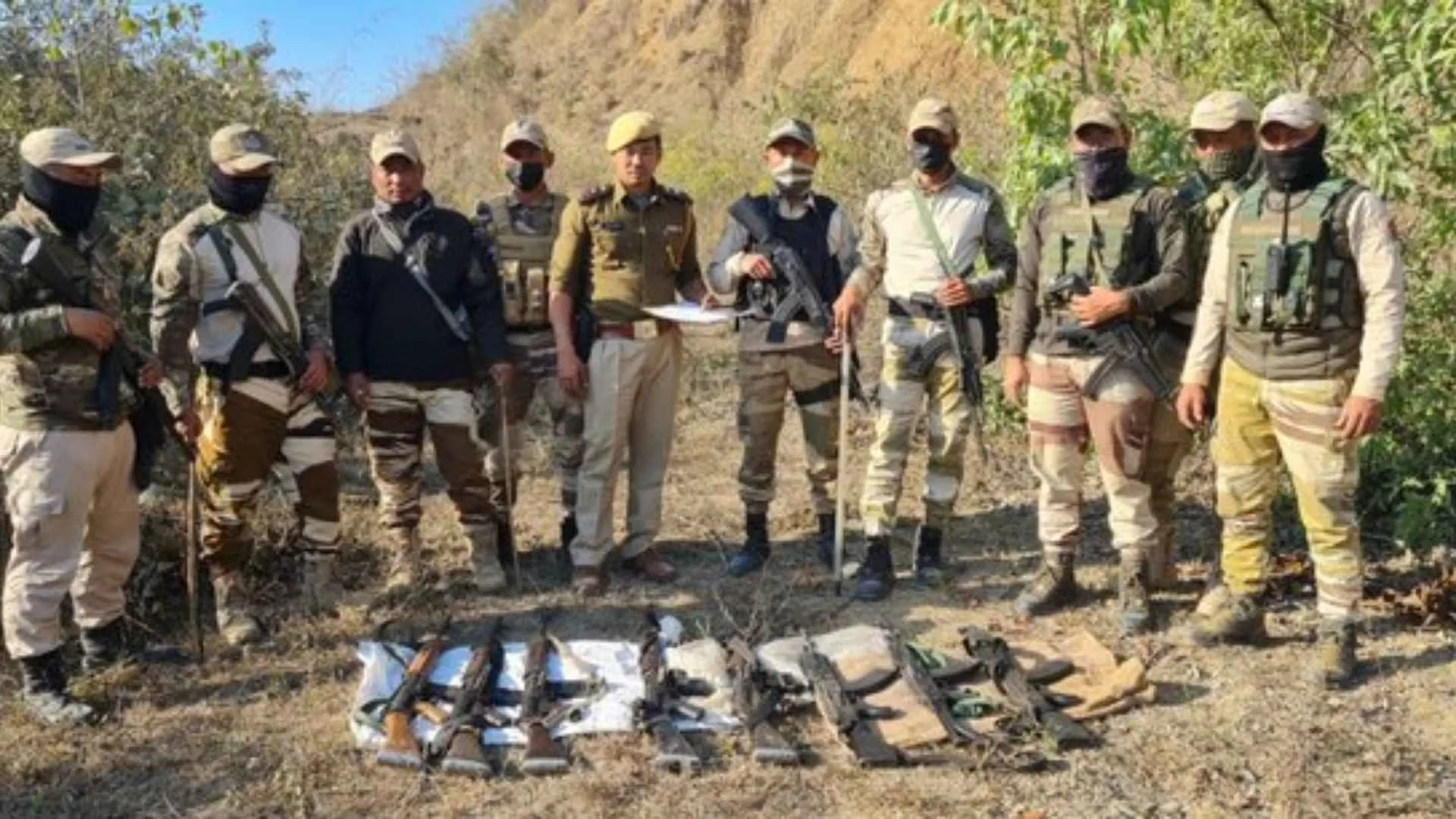India’s defence modernization is set to reach a new milestone this December with the induction of a Grigorovich-class guided-missile stealth frigate from Russia. Dubbed INS Tushil, this addition symbolizes India’s expanding naval prowess and the enduring defence alliance with Moscow, taking place against a backdrop of heightened regional tensions. As India navigates border complexities with Pakistan and China, bolstering its maritime defences in the Indian Ocean Region (IOR) becomes ever more pressing.
Last Preparations Underway
The 4,000-tonne INS Tushil is undergoing final inspections at Russia’s Yantar Shipyard in Kaliningrad. Over 200 Indian naval officers and sailors have been stationed at the shipyard, meticulously preparing for the transfer. This event, postponed by the Russia-Ukraine conflict and pandemic disruptions, is anticipated to culminate in December, with Defence Minister Rajnath Singh expected to officiate the commissioning during his Russian visit.
Advancing India’s Maritime Firepower
Outfitted with an impressive arsenal, INS Tushil includes the BrahMos supersonic missile system—a joint Indo-Russian venture noted for its stealth and precision, with a 290-kilometer range capable of both anti-ship and land-attack roles. This state-of-the-art frigate also integrates radar systems, surface-to-air missiles, and other advanced defense mechanisms, blending Indian and Russian technological innovations for maximum combat efficiency.
By addressing the Indian Navy’s frigate shortfall, INS Tushil is poised to enhance India’s strategic maritime presence. As the Navy aims to expand its fleet to 200 warships by 2027, INS Tushil, alongside the existing Talwar-class frigates, will be instrumental in maintaining security in an increasingly contested IOR.
India-Russia: A Legacy of Defence Cooperation
The delivery of INS Tushil is part of a broader $2.5 billion pact signed in 2018, wherein India committed to acquiring four Grigorovich-class frigates. Under this agreement, two frigates—INS Tushil and INS Tamal—are being built in Russia, while two others are slated for production domestically at Goa Shipyard Limited (GSL) under a technology transfer deal. This arrangement, with costs of ₹8,000 crore for the Russian-built vessels and ₹13,000 crore for the Indian-built counterparts, exemplifies a seamless Indo-Russian defence synergy.
Russian-origin assets account for nearly 60% of India’s military inventory, including submarines and nuclear-powered vessels, showcasing a comprehensive and longstanding military relationship. Despite challenges, including sanctions and geopolitical hurdles, the two nations continue to prioritize strategic defence cooperation.
Navigating Challenges: Diplomatic Engagements in Focus
The path to INS Tushil’s commissioning hasn’t been without obstacles. Sanctions-induced payment delays, COVID-19, and securing essential gas turbine engines from Ukraine have posed significant hurdles. Defence Minister Rajnath Singh’s upcoming visit offers a crucial opportunity to address such challenges, aiming to strengthen defence supply chains and improve equipment reliability amid complex global dynamics.
Modi-Putin Partnership: A Resilient Alliance
The delivery of INS Tushil also builds on recent diplomatic dialogues, such as those between Prime Minister Narendra Modi and Russian President Vladimir Putin during the BRICS Summit. Defense collaboration featured prominently, with both leaders reaffirming their shared commitment to robust ties amidst shifting geopolitical landscapes.
India’s Maritime Ambitions Charting Forward
The induction of INS Tushil aligns with India’s broader maritime vision, reinforcing its defence capabilities in a region where China’s presence continues to grow. Scheduled for 2025, the delivery of the second frigate, INS Tamal, will further enhance India’s naval reach. Alongside indigenous submarine projects and strategic naval developments, these acquisitions underscore India’s determination to secure its maritime frontiers and assert itself as a dominant IOR power.
As INS Tushil joins the fleet, India’s expanding naval presence is a statement of its commitment to regional stability, freedom of navigation, and safeguarding national interests. This frigate, the first of many, is a testament to India’s resolve to remain a pivotal maritime force in an evolving global order.


















